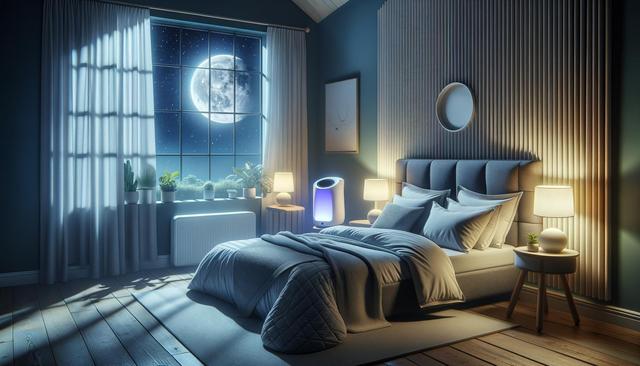Understanding the Principles of Minimalist Living
Minimalist living is centered around the idea of living with less, but with greater purpose. At its core, this lifestyle encourages individuals to remove excess possessions, activities, and thoughts that do not serve a meaningful role in their lives. The goal is not to sacrifice comfort or convenience, but to make room for what truly matters. This can look different for everyone: for one person, it might mean downsizing to a smaller home, while for another, it could involve reducing time spent on social media or cutting back on unnecessary commitments.
The key principles of minimalism include:
- Intentionality: Making conscious choices about what to keep and what to let go.
- Clarity: Creating a physical and mental environment that supports focus and peace.
- Freedom: Reducing the weight of material and mental clutter to gain more time and energy for what you value.
Adopting these principles doesn’t require a drastic life change overnight. Starting small—like reorganizing a drawer or limiting daily screen time—can lead to significant improvements in clarity and well-being.
How to Start Decluttering Your Home
One of the most tangible ways to practice minimalist living is by decluttering your physical space. A cluttered environment can often reflect and contribute to a cluttered mind. The process begins with identifying areas of your home that feel overwhelming or disorganized. From there, take a methodical approach by focusing on one category or room at a time.
Common categories to start with include:
- Clothing: Donate or recycle items that no longer fit, are worn out, or haven’t been worn in the last season.
- Books and Papers: Keep only those that are useful or meaningful; digitize important documents where possible.
- Kitchenware: Remove duplicate utensils, expired pantry items, and appliances you rarely use.
As you go through your belongings, ask yourself whether each item adds value to your life. If it doesn’t, let it go. Over time, this process becomes easier and more intuitive, leading to a home that feels more spacious and calming.
Creating a Minimalist Digital Life
Minimalism isn’t limited to physical possessions—it also applies to your digital environment. With the increasing role of technology in our lives, digital clutter can be just as distracting and draining as physical mess. Emails, apps, notifications, and social media all compete for our attention, often leaving us feeling overwhelmed.
Here are steps to begin decluttering your digital life:
- Unsubscribe from email lists that no longer interest you.
- Organize your files into clearly labeled folders and delete redundant or outdated documents.
- Limit the number of apps on your devices to those you use regularly.
- Set boundaries for screen time to improve focus and reduce stress.
By streamlining your digital space, you create a clearer mental space, making it easier to focus on meaningful tasks and relationships.
Mindfulness and Minimalism: A Powerful Combination
Minimalist living naturally complements mindfulness practices. Both encourage being present, intentional, and aware of how you use your time and energy. Incorporating mindfulness into your minimalist journey can enhance the experience by deepening your understanding of what truly holds value in your life.
Some ways to integrate mindfulness into minimalism include:
- Pausing before new purchases to ask if they align with your values and needs.
- Practicing gratitude for what you already have rather than always seeking more.
- Scheduling regular moments of quiet reflection to assess your goals and priorities.
When mindfulness and minimalism work together, they foster a more balanced, intentional lifestyle where your actions are aligned with your deeper values and aspirations.
Building Sustainable Minimalist Habits
Minimalism is not a one-time task but an ongoing lifestyle that evolves with your needs. Sustainability in minimalist living means developing habits that support your values over the long term. This involves regularly revisiting your possessions, commitments, and goals to ensure they continue to serve you well.
To build lasting minimalist habits, consider the following:
- Establish routines for tidying and reviewing your space.
- Adopt a “one in, one out” policy to prevent accumulation.
- Set intentional goals for each season or stage of life, and adjust your environment to support them.
Minimalist living also ties closely to sustainability in terms of environmental impact. By consuming less and choosing quality over quantity, you contribute to a more eco-conscious lifestyle. Supporting local businesses, buying second-hand, and reducing waste are all ways to align your minimalist habits with broader sustainability goals.
Conclusion: Embracing a More Intentional Life
Minimalist living is a personal and transformative journey that allows you to focus on what truly matters. By simplifying your surroundings, digital habits, and daily routines, you can create space for clarity, purpose, and peace. This lifestyle isn’t about deprivation—it’s about making deliberate choices that reflect your values and enhance your well-being. Whether you’re just starting out or refining your minimalist approach, remember that progress happens in small, thoughtful steps. Embrace the process, and let it guide you toward a more intentional and fulfilling life.


